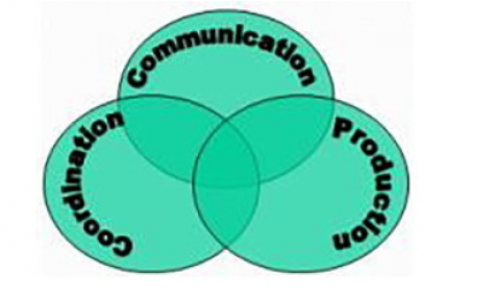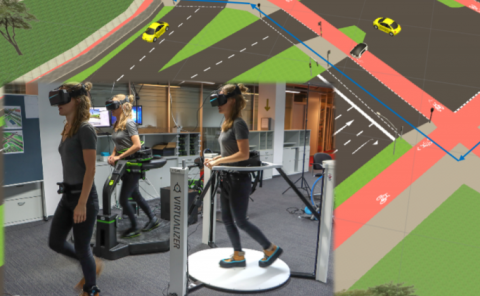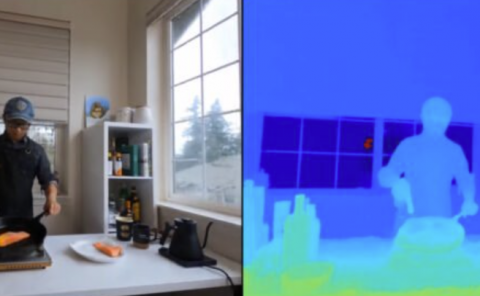Screen door effect reduction using mechanical shifting for virtual reality displays
PubDate: February 19, 2020
Teams: The University of Arizona;Facebook Reality Labs
Writers: Jilian Nguyen, Clinton Smith, Ziv Magoz, Jasmine Sears
PDF: Screen door effect reduction using mechanical shifting for virtual reality displays

Abstract
The Screen Door Effect (SDE) is a common complaint amongst users of Virtual Reality (VR) headsets. SDE is characterized by a mesh-like artifact, much like looking through a screen door, on an image due to the space between pixels having a large enough angular size to be resolved through the viewing optics. Current generation VR displays exhibit SDE, distracting the user and breaking immersion. There are solutions currently in use in commercial VR headsets that reduce SDE in the form of dispersive elements placed in front of the display that effectively blur images from the display. However, these solutions only reduce the SDE, and functionally the blur is equivalent to reducing the quality of the optical stack. A method of image enhancement is to “shake” the display using piezo actuators, effectively shifting the pixels to enhance the image. This method can increase the apparent size of the pixels, reducing the gaps between pixels and leading to a reduction of SDE. In this paper, we will explore the limits of SDE reduction using this pixel shifting method with a square pixel architecture on a 9.4 µm pixel pitch RGBW display, and how that generalizes to other display architectures. We will find how different stimuli change with screen door reduction, analyzing solid color, text, and natural scenes. We will also explore what parameters to use in order to minimize SDE, adding to the other benefits of this solution and generalizing the parameters to all displays.



